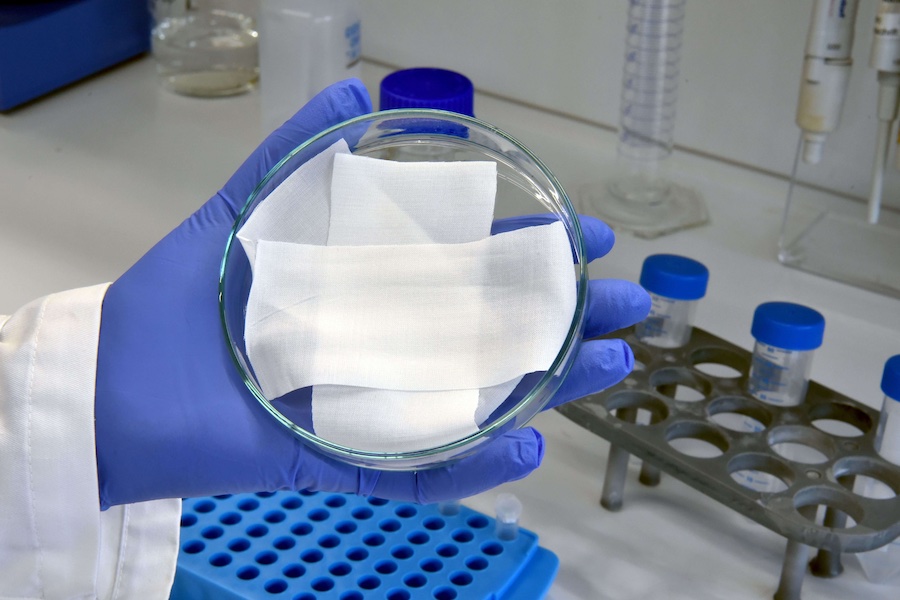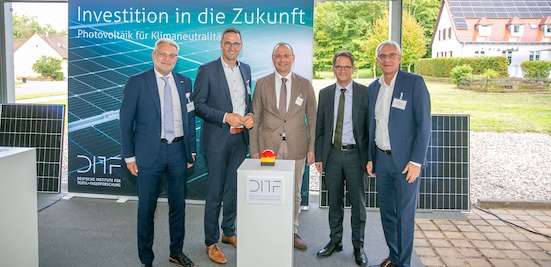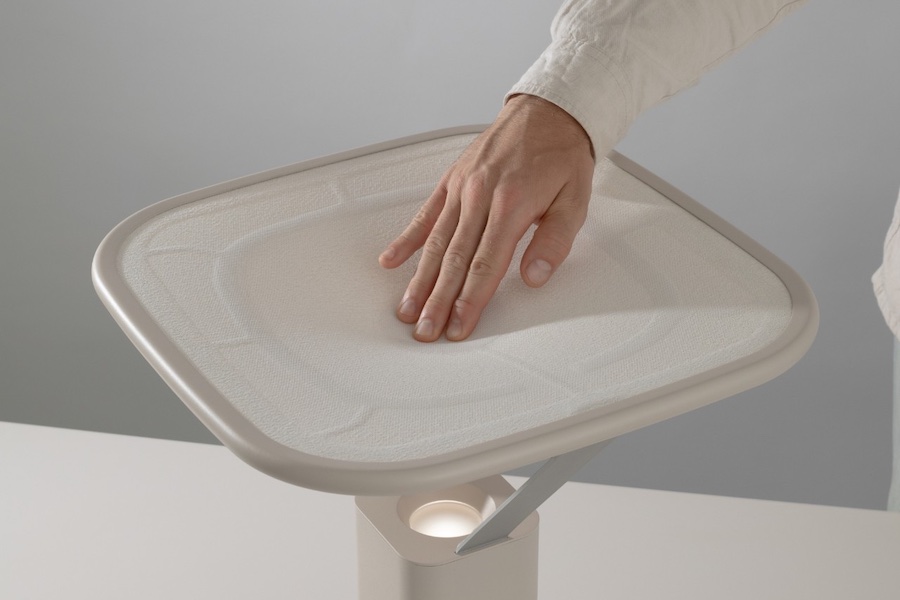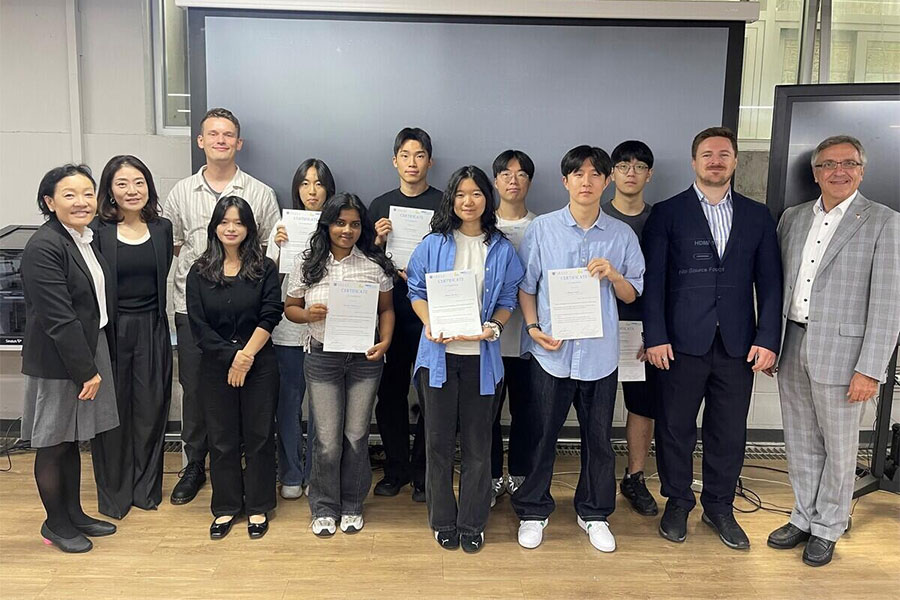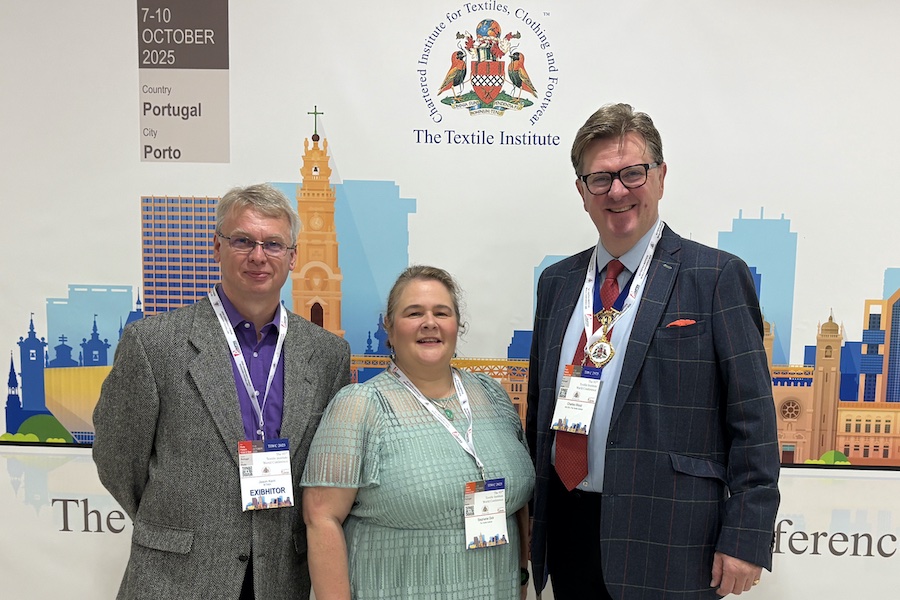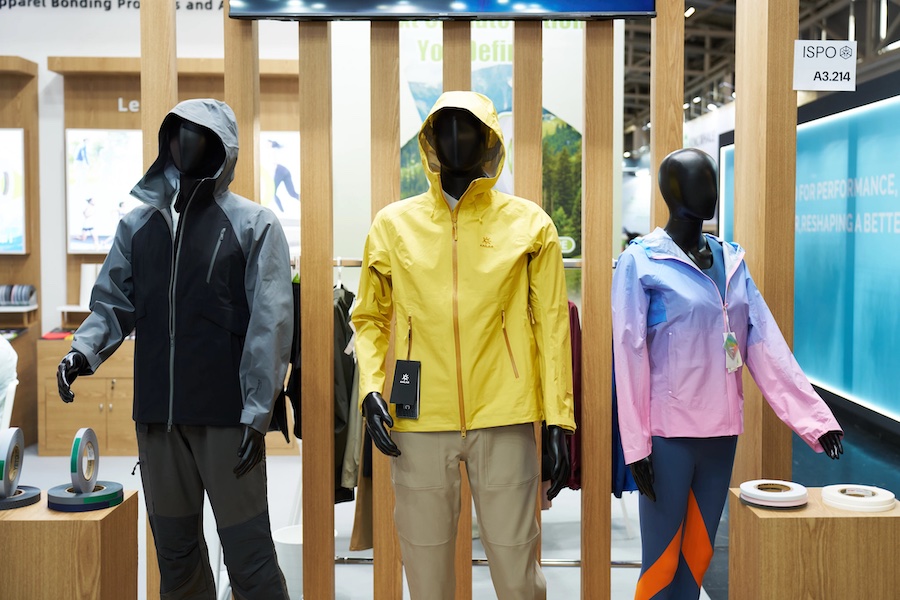#Research & Development
Textile impulses for the future: Aachen-Dresden-Denkendorf International Textile Conference 2021

Permanent Secretary Michael Kleiner delivered a message of greeting from Nicole Hoffmeister-Kraut, Minister of Economics, Labor and Tourism Baden-Württemberg, who praised the successful program of the textile industry get-together. The conference is organized annually in alternation by the institutes ITM Dresden, DWI Aachen and DITF Denkendorf.

More than 60 lectures in plenary sessions and three parallel sessions were on the program. Experts from industry and research reported on research results and marketable textile innovations in the fields of high-performance fibers, fiber composites, medical textiles, functionalization and textile machine construction. The topics of the conference focused on the upheavals that the textile industry has to cope with due to the digital transformation and the requirements of a sustainable circular economy.

The possibilities for textile applications are vast. Whether mobility with fiber composites, architecture with modern building materials or smart textiles for everyday work, health or for new extraordinary sports - there is hardly any area of life where high-tech textiles do not contribute to solving future challenges. The session "quo vadis textile machine concepts" showed that there is also still a lot of innovation potential in terms of methods and processes, which is being exploited.
Under the motto "From idea to practice", the Forschungskuratorium Textil e. V. presented successful cooperation projects from the IGF-ZIM program in a separate transfer session, in which representatives from science and industry jointly developed and successfully implemented products and processes.

Speakers from this year's partner countries Portugal and Spain gave a comprehensive insight into the textile industry and research of both countries with lectures and discussion contributions.
The conference program was complemented by a virtual exhibition of companies and institutes as well as more than 100 scientific posters. Three of the poster presentations were awarded the Best Poster Award of the Aachen-Dresden-Denkendorf International Textile Conference 2021.
About 20 technicians and six interpreters were on duty to transmit the presentations and discussions around the world. The next ADD International Textile Conference will again be held as a face-to-face event as usual. On December 1 and 2, 2022, the DWI invites you to Aachen.



